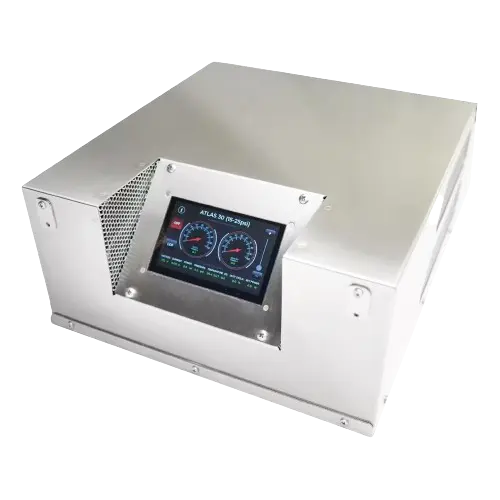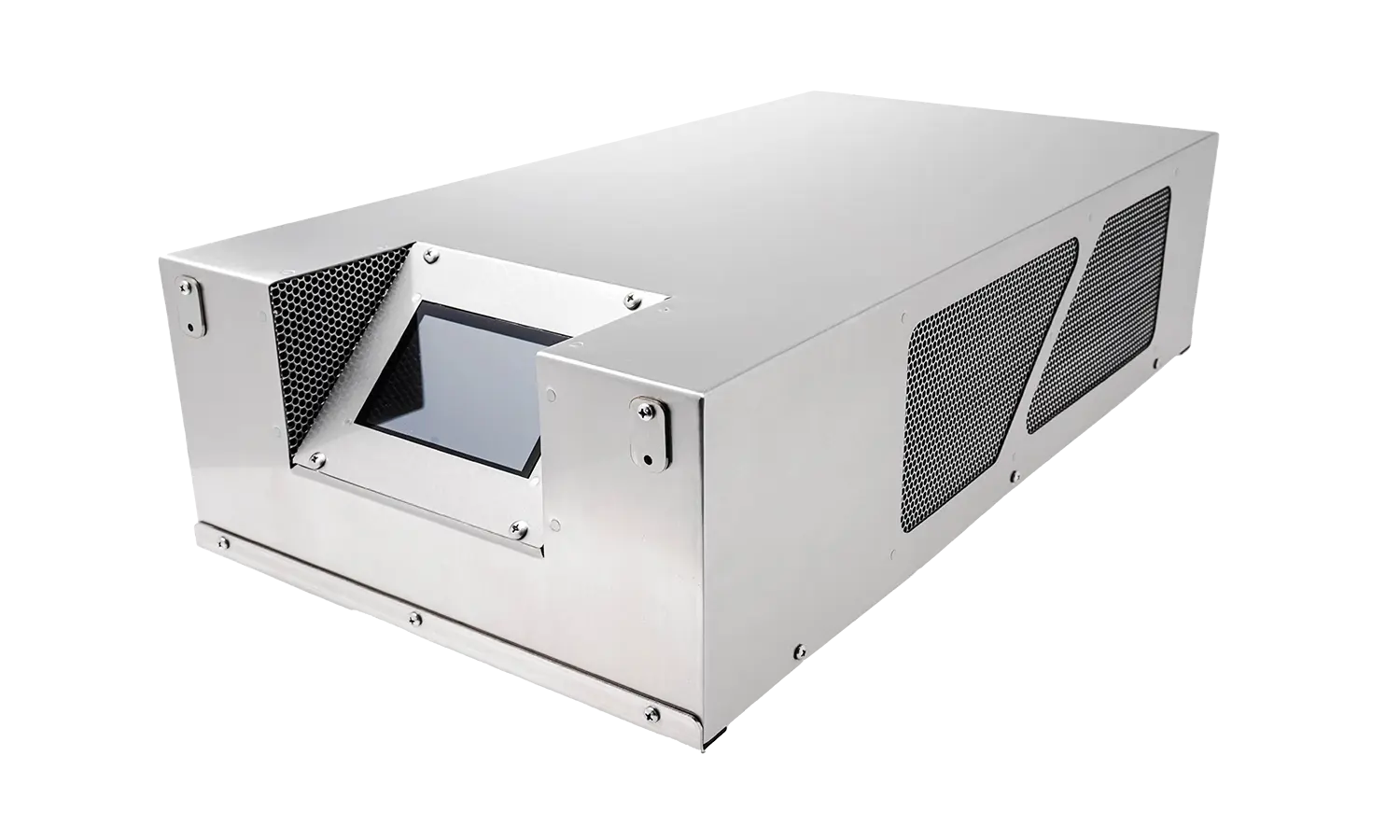Share This Story, Choose Your Platform!
Cleaning of Silicon Wafer: The Role of Ozone in Precision Cleaning
Cleaning silicon wafers is a crucial step in semiconductor manufacturing, ensuring that they are free of contaminants and defects before subsequent processing steps. Traditional methods for cleaning silicon wafers often involve using sulfuric acid, hydrofluoric acid, and hydrogen peroxide to remove organic and inorganic contaminants. However, in recent years, ozone (O₃) has emerged as an effective and environmentally friendly alternative, particularly for precision cleaning in advanced semiconductor applications.
Importance of Silicon Wafer Cleaning
Silicon wafer cleaning is a crucial step in the semiconductor manufacturing process. The wafer surface’s cleanliness directly affects the final product’s performance and reliability. Contaminants on the wafer surface can lead to defects, reduced yields, and decreased device performance. Therefore, it is essential to remove all types of contaminants, including organic and inorganic residues, particles, and ionic impurities, to produce high-quality semiconductors.
Wafer Surface Contamination
Wafer surface contamination can occur at various stages of the manufacturing process, including during handling, processing, and storage. The most common types of contaminants include organic residues, particles, and ionic impurities. Organic residues can come from photoresist, cleaning solutions, and other process chemicals. Particles can originate from the environment, equipment, and handling tools. Ionic impurities can be introduced during processing, such as during etching and doping.
Silicon Wafer Cleaning Methods
There are several silicon wafer cleaning methods, including wet and dry cleaning processes. Wet cleaning methods involve cleaning solutions, such as RCA clean, piranha etch, and ozone cleaning. Dry cleaning methods, such as ultrasonic, use high-frequency sound waves to remove contaminants. The choice of cleaning method depends on the type and level of contamination, as well as the specific requirements of the manufacturing process.
Why Use Ozone for Silicon Wafer Cleaning?
Ozone is a highly reactive molecule with strong oxidizing properties, making it ideal for removing organic contaminants, particles, and metallic impurities from the silicon wafer surface. Its benefits in wafer cleaning include the following:
High Reactivity and Efficiency: Ozone readily oxidizes and breaks down organic materials, such as photoresist residues, without additional harsh chemicals.
Environmentally Friendly: After use, ozone decomposes into oxygen (O₂), producing no hazardous waste. This makes it a safer and greener alternative to traditional chemical solutions.
Reduced Chemical Usage: By leveraging the power of ozone, manufacturers can significantly reduce their reliance on chemicals like sulfuric acid or hydrogen peroxide, minimizing the risks associated with chemical handling and disposal.
Lower Cost: Using ozonated water combined with deionized (DI) water reduces the overall consumption of expensive chemicals, making it a cost-effective solution.
Applications of Ozone in Wafer Cleaning
Ozone can be used in several critical wafer-cleaning applications, including:
Pre-Cleaning: Removing organic residues and particulates before more intensive cleaning processes.
Photoresist Stripping: Oxidizing and breaking down photoresist residues without needing high-temperature processes.
RCA Clean Alternative: Ozone is often used as a substitute for some steps in the RCA cleaning process, such as the H₂O₂ treatment, which can be replaced by ozonated water.
Post-CMP Cleaning: Cleaning wafers after Chemical Mechanical Planarization (CMP) to remove slurry particles and metallic residues.
How Ozone is Used in Wafer Cleaning
Ozone can be applied in two primary forms during the cleaning process:
Ozonated Water: This is a solution of ozone dissolved in deionized water. It is highly effective in cleaning organic contaminants while being gentle on the silicon surface, ensuring it is adequately prepared for subsequent manufacturing processes.
Gaseous Ozone: Used primarily for surface oxidation and removing organic residues, gaseous ozone is typically applied in a controlled environment to prevent unintended oxidation of sensitive structures.
Safety Precautions and Best Practices
When performing silicon wafer cleaning, it is essential to follow safety precautions and best practices to prevent accidents and ensure the quality of the wafers. This includes wearing protective gear, such as gloves and goggles, and working in a well-ventilated area. It is also important to follow proper handling and storage procedures to prevent recontamination of the wafers.
Challenges and Considerations in Silicon Wafer Cleaning
Despite its advantages, the use of ozone in wafer cleaning is not without challenges. These include:
Compatibility with Materials: Ozone can aggressively oxidize certain materials, which may lead to undesirable changes in surface properties if not carefully controlled. One specific challenge is managing the formation or removal of a thin oxide layer, which can significantly impact device performance.
Process Control: Due to its high reactivity, precise control of ozone concentration, exposure time, and temperature is required to achieve consistent results.
Future Developments in Silicon Wafer Cleaning
The demand for smaller, faster, and more powerful semiconductors is driving the development of new silicon wafer cleaning technologies. Future developments are expected to focus on improving the efficiency and effectiveness of cleaning processes, as well as reducing the environmental impact of cleaning solutions. New technologies, such as advanced ultrasonic cleaning and laser cleaning, are being developed to address the challenges of cleaning smaller and more complex wafer surfaces.
Conclusion
The adoption of ozone in silicon wafer cleaning represents a significant advancement in semiconductor manufacturing. By reducing chemical usage, improving cleaning efficiency, and minimizing environmental impact, ozone-based cleaning techniques are poised to play a larger role in next-generation wafer processing. For manufacturers seeking to improve the quality and sustainability of their processes, ozone is a powerful tool for achieving cleaner, defect-free silicon wafers.





